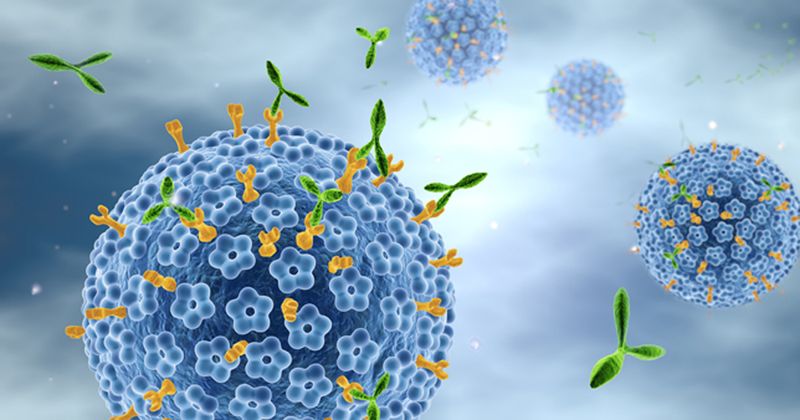HPV infection associated with increased risk for HIV acquisition, study finds
Click Here to Manage Email Alerts
HPV infection was associated with an up to 2.6-fold increased risk for HIV acquisition among women in sub-Saharan Africa, according to study findings reported in AIDS.
The results suggest that increasing HPV vaccination coverage could potentially reduce HIV incidence, researchers said.

Source: Adobe Stock.
“There have been inconclusive, mostly associational, data suggesting a relationship between HPV infection and subsequent HIV acquisition, but identifying a temporal relationship has been a challenge — largely because genital infection with HPV is so common and it can be difficult to pinpoint when it’s acquired (very different from HIV),” Infectious Diseases News Editorial Board Member Jeanne M. Marrazzo, MD, MPH, FACP, FIDSA, director of the division of infectious diseases and endowed chair in infectious diseases at the University of Alabama at Birmingham School of Medicine, told Healio.
Marrazzo and colleagues studied data from MTN-003, a case-control clinical trial of HIV chemoprophylaxis among cisgender women in sub-Saharan Africa, matching 138 women who acquired HIV with 412 HIV-negative controls. Cervicovaginal swabs collected within 6 months before HIV seroconversion were used to estimate the association between HPV infection and HIV acquisition.

In all, HPV was detected in 84% of women who acquired HIV — high-risk types were detected in 74% of women and low-risk types in 66%. Among controls, the prevalence was 65%, 55% and 48%, respectively. Infection with two or more HPV types was common among women who acquired HIV (67%) and controls (49%), as was infection with 9-valent vaccine-targeted types (60% and 42%), the researchers reported.
The study demonstrated that the odds of HIV acquisition increased with any HPV type (adjusted OR = 2.5; 95% CI, 1.3-4.7), high-risk HPV types (aOR = 2.6; 95% CI, 1.5-4.6), and low-risk HPV types (aOR = 1.8; 95%, CI 1.1-2.9). Also, each additional type detected increased HIV risk by 20% (aOR = 1.2; 95% CI, 1.1-1.4), Marrazzo and colleagues reported.
The study also showed that HIV acquisition was associated with HPV types targeted by the 9-valent (aOR = 2.1; 95% CI, 1.3-3.6) and quadrivalent vaccines (aOR = 1.9; 95% CI, 1.1-3.2).
Marrazzo said the findings emphasized the numerous benefits of HPV immunization before the onset of sexual activity.
